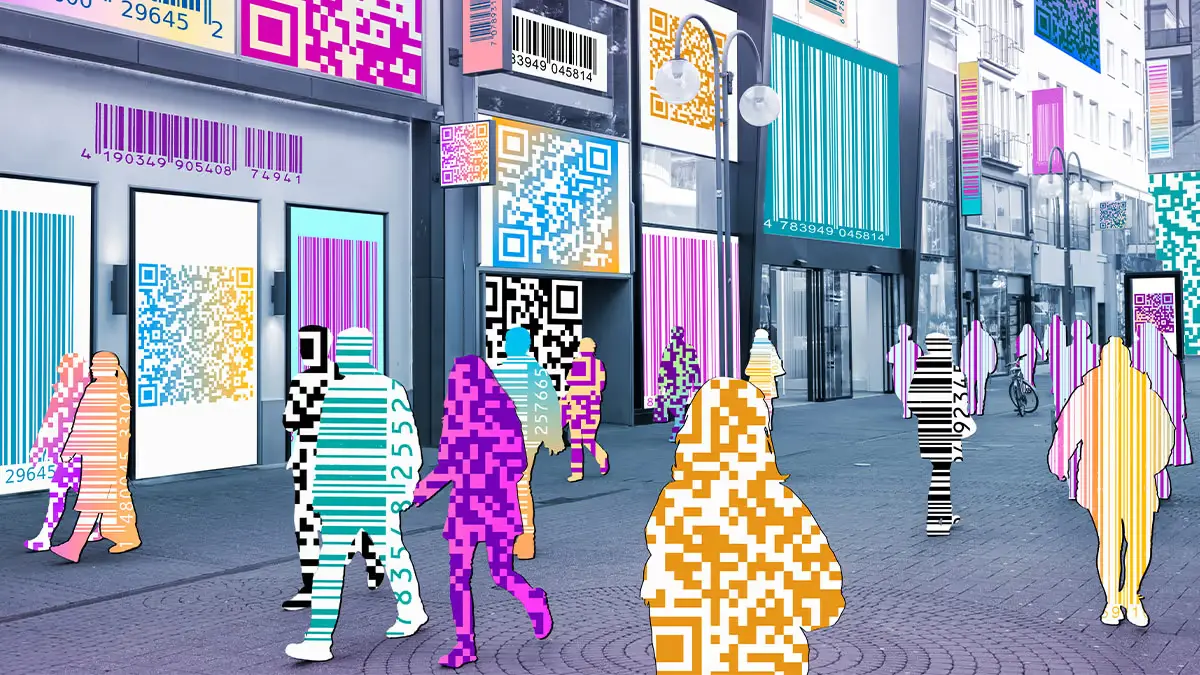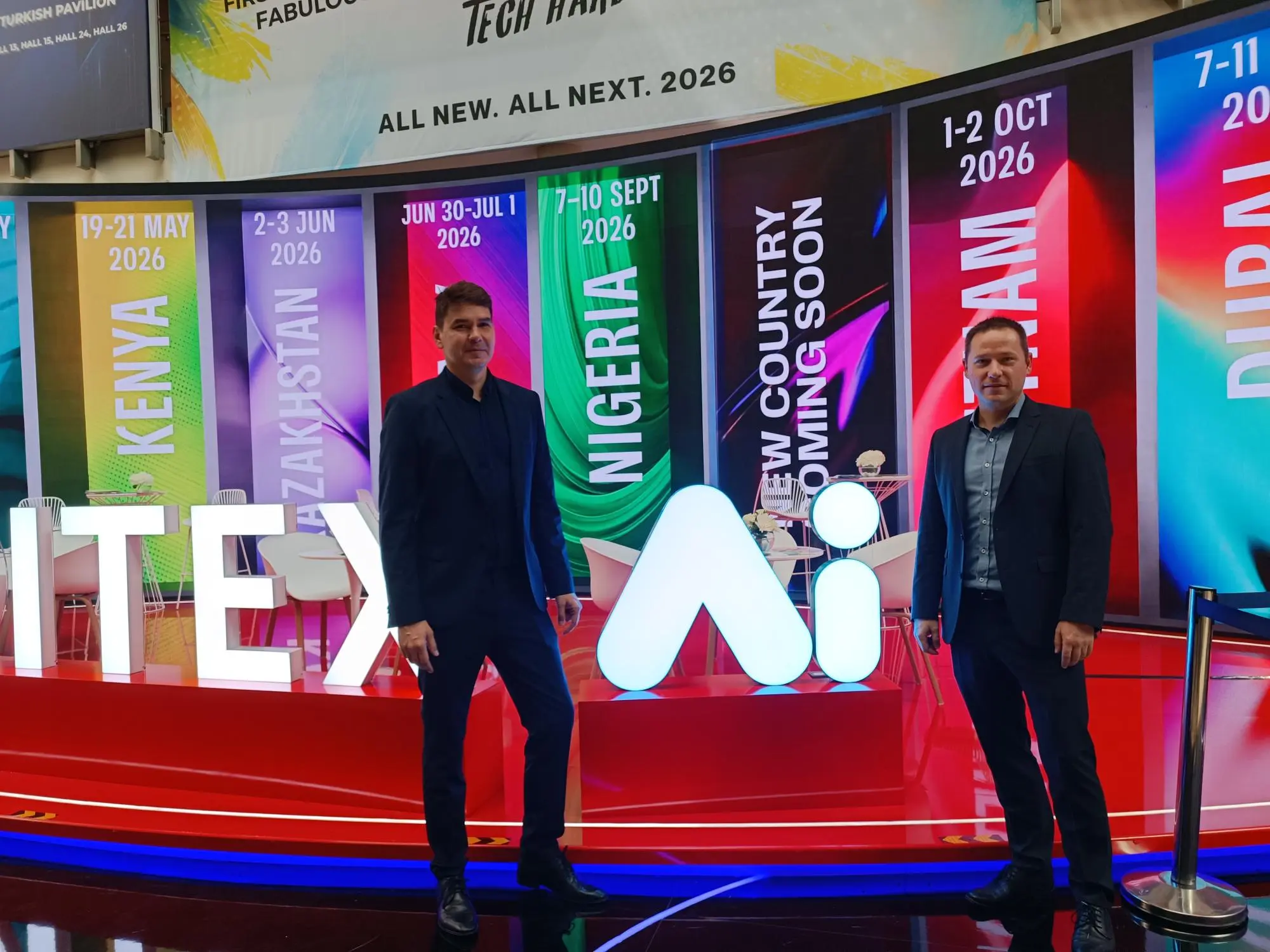Creating a Supplier Hub UI
Exploring AI-Powered Tools for Supplier Hub UI Development
As we move from the product requirements phase into hands-on development, we’re leveraging the latest wave of AI-assisted coding platforms to accelerate UI creation for the Supplier Hub. Our goal is to identify which tools offer the best combination of speed, flexibility, and output quality. To that end, we’ve been experimenting with four cutting-edge platforms—v0 by Vercel, Lovable, Replit, and Bolt—each bringing a unique approach to AI-driven software development. Here’s how they stack up in our initial evaluation.
v0 by Vercel: Streamlined UI Generation
v0 is Vercel’s AI-powered assistant designed to help build web applications and solve coding challenges. It excels in generating user interfaces and code snippets from simple text prompts, particularly with Next.js and React. This makes it a valuable tool for rapidly prototyping UI components.
Lovable: Collaborative AI Coding
Lovable is an AI coding assistant that focuses on collaborative development. It allows teams to work together in real-time, leveraging AI to assist in writing and modifying code efficiently. While specific details about Lovable’s features are limited, its emphasis on collaboration makes it a noteworthy option for team-based projects.
Replit: Full-Stack Development with AI Assistance
Replit’s AI Assistant helps create and polish applications quickly. By typing in everyday language, it can add new features or fix problems, analyze code to explain its functionality, and suggest the next lines as you type. Replit also offers intelligent error detection, aiding in continuous improvement of the application.
Bolt: AI-Powered Full-Stack Web Development
Bolt is an in-browser AI web development agent for full-stack web application development. It provides a chat-based environment where you prompt an agent to make code changes, which are implemented in real-time in the development environment. Bolt combines StackBlitz’s in-browser development capabilities with AI assistance, allowing developers to use natural language prompts to scaffold projects, generate code, and deploy full-stack applications—all from within their web browser.
Conclusion
By leveraging these AI tools, we’re aiming to enhance our development process for the Supplier Hub UI. Each assistant brings unique strengths to the table, and understanding their capabilities helps us make informed decisions about which tools to integrate into our workflow.






